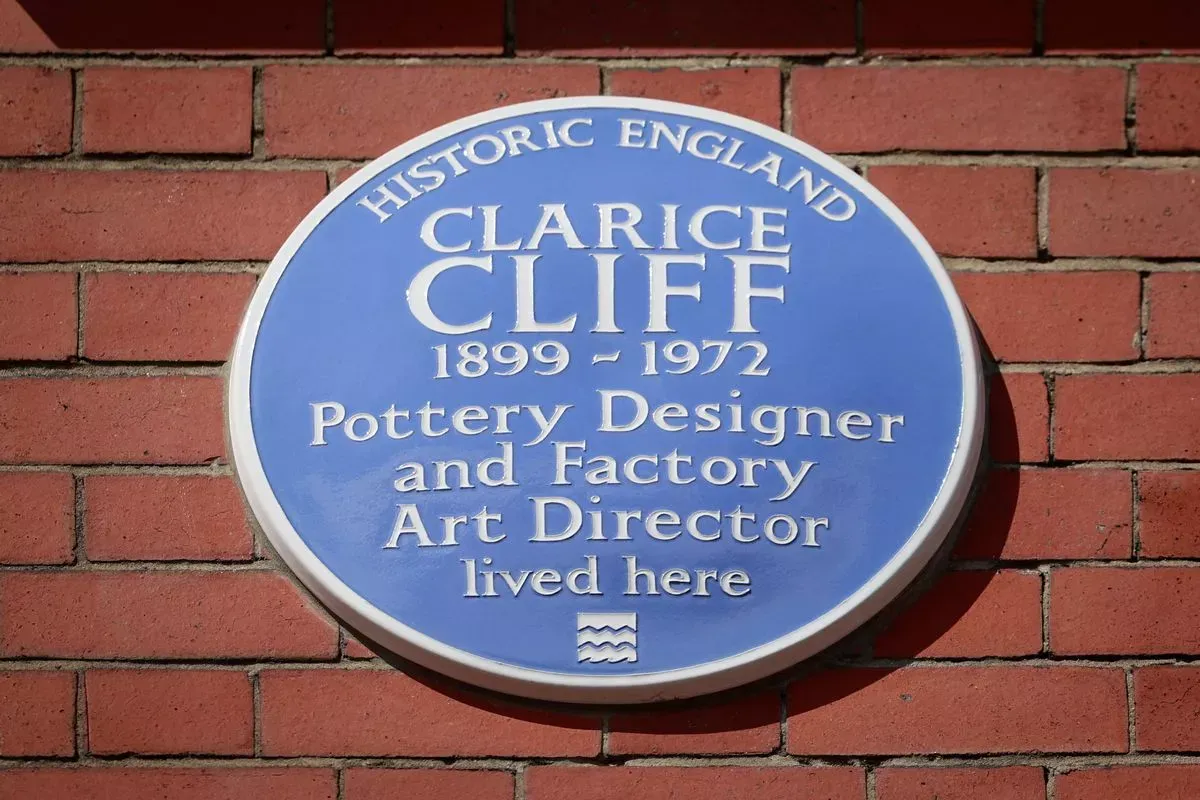A blue plaque commemorating Clarice Cliff has been unveiled in Snow Hill, Shelton, Stoke-on-Trent. It is a profound acknowledgement of her vast influence in art and design, particularly within the pottery industry. This tribute not only celebrates her innovative contributions—which revolutionized ceramic design during the Art Deco period with her bold, colourful patterns and shapes—but also highlights her role as a trailblazer for women in a field traditionally dominated by men.
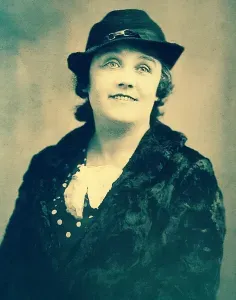
A Trailblazer in Ceramics
Born in 1899 in Tunstall, Stoke-on-Trent, Clarice Cliff was one of seven children. Her father was an ironworker and her mother was a washerwoman. She embarked on her prolific career in the pottery industry at just 13 years old. Her entry into this field at such a young age was not uncommon in the early 20th century, especially in the Staffordshire area. In 1916, she secured a position at A.J. Wilkinson's Royal Staffordshire Pottery in Middleport, Burslem, marking the beginning of a journey that would not only elevate her status in Britain but also establish her as a notable figure in the global ceramics scene.

Clarice started her career performing traditional tasks such as gilding—applying fine gold paint to ceramics—and basic painting. However, her innate creativity and desire for more expressive forms of art led her to explore and eventually pioneer revolutionary design techniques. She began experimenting with bold, vibrant colours and unconventional patterns, significantly diverging from the muted tones and floral patterns that were prevalent at the time. Her willingness to push boundaries and challenge the status quo of ceramic design marked the onset of what would be a transformative era not only for her career but for the entire industry. This shift toward innovative designs set the stage for her later work, which would be characterized by dynamic shapes and a modernist aesthetic that came to be synonymous with the Art Deco movement.
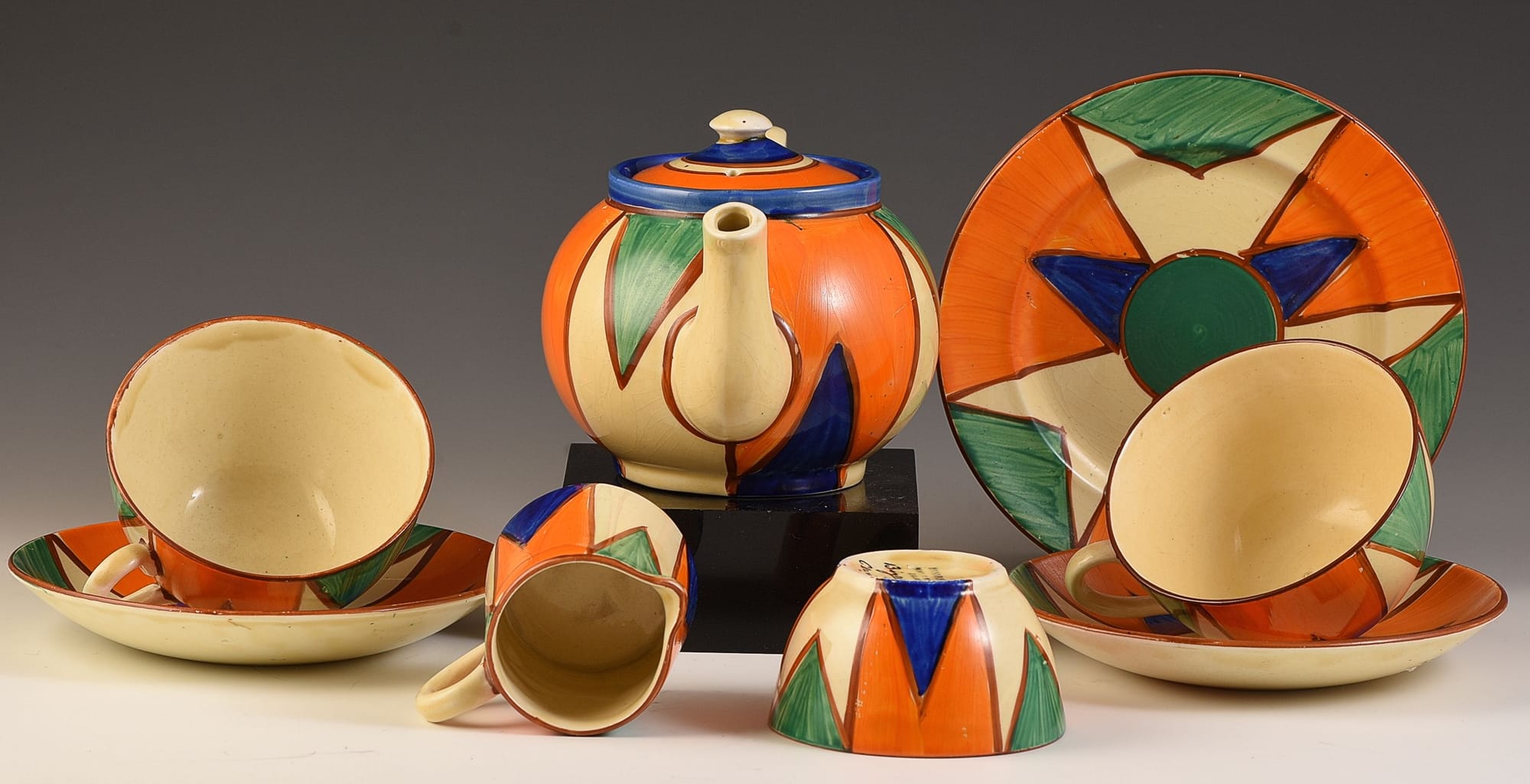
The Birth of 'Bizarre' Ware
Clarice Cliff's early forays into the use of colour and form were truly revolutionary, culminating in creating her 'Bizarre' ware in 1927. This collection was distinguished by its use of hand-painted, vivid colours and bold, unconventional shapes, which stood in stark contrast to the subdued and traditional designs typical of the time. Her 'Bizarre' ware quickly captivated the market, becoming bestsellers and prominently featuring her name by the summer of 1928.

These pieces were not only famous for their aesthetic appeal but also for their embodiment of the Art Deco movement, which was known for its embrace of modernity and stylized visual arts. The geometric forms and the abstract designs of Cliff's 'Bizarre' ware were avant-garde, pushing the boundaries of conventional pottery and heralding a new era in ceramic art. This daring departure from the norm challenged and gradually shifted the public taste away from conservative styles, promoting a modernist approach that would influence the direction of art and design well into the mid-20th century.
Through 'Bizarre' ware, Clarice Cliff redefined what could be expected from decorative ceramics, integrating art into daily life and making bold statements through everyday objects. Her work invited people to view their home environments as an extension of contemporary art, a radical and profoundly influential concept at the time.
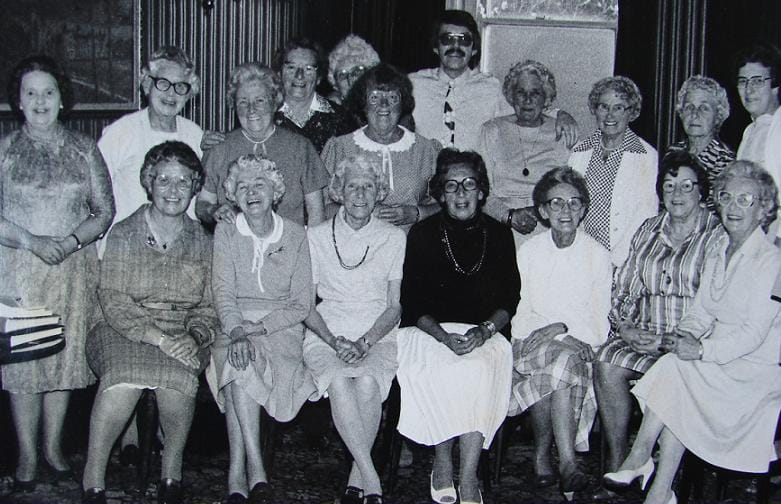
Clarice Cliff and her Bizarre Girls
By 1929, Clarice Cliff had cultivated a formidable team at her Newport Pottery studio, consisting of approximately 70 young painters who were integral to producing her iconic Bizarre ware. This team, predominantly composed of women, was famously known as the "Bizarre girls," reflecting their work on Cliff's uniquely vibrant and abstract ceramic pieces. Only four members of this large team were men, highlighting the predominantly female workforce behind some of the most progressive designs of the time.
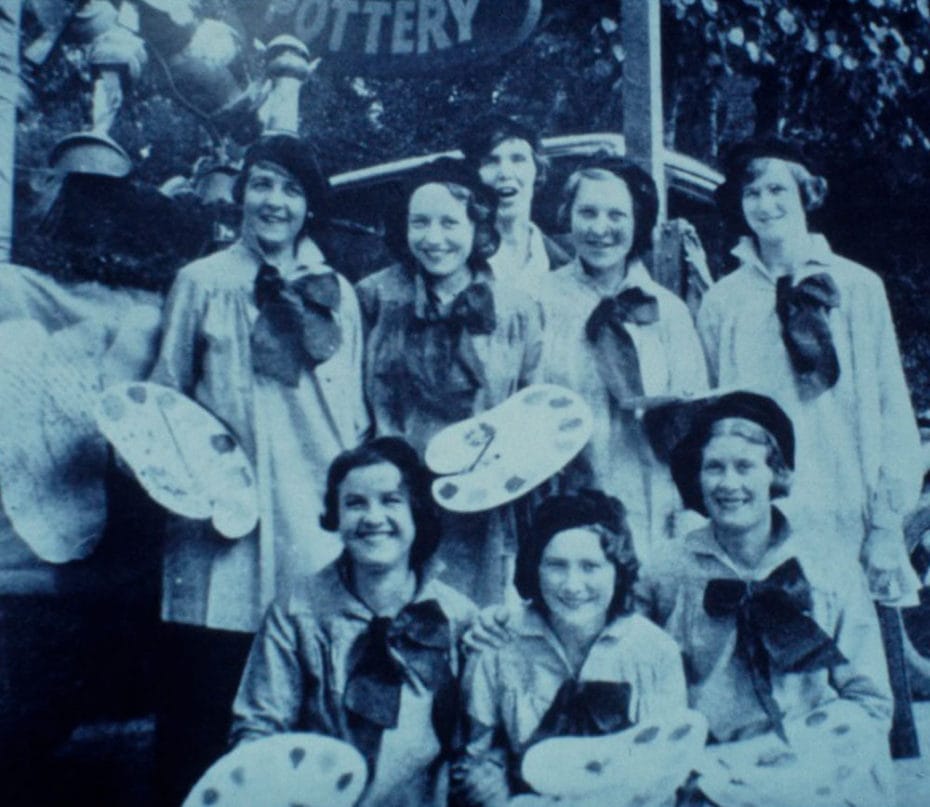
In the decades following their collaboration with Cliff, many of these workers remained uncelebrated until efforts in the 1980s and 1990s led to the identification and documentation of over 100 individuals who had contributed to her studio's output. Their contributions, along with their names, were meticulously recorded in a centenary book dedicated to Cliff's legacy, ensuring their rightful place in the history of British ceramic art. This book not only celebrates their artistic achievements but also serves as a testament to the vital role these artists played in the evolution of decorative arts during the interwar period.
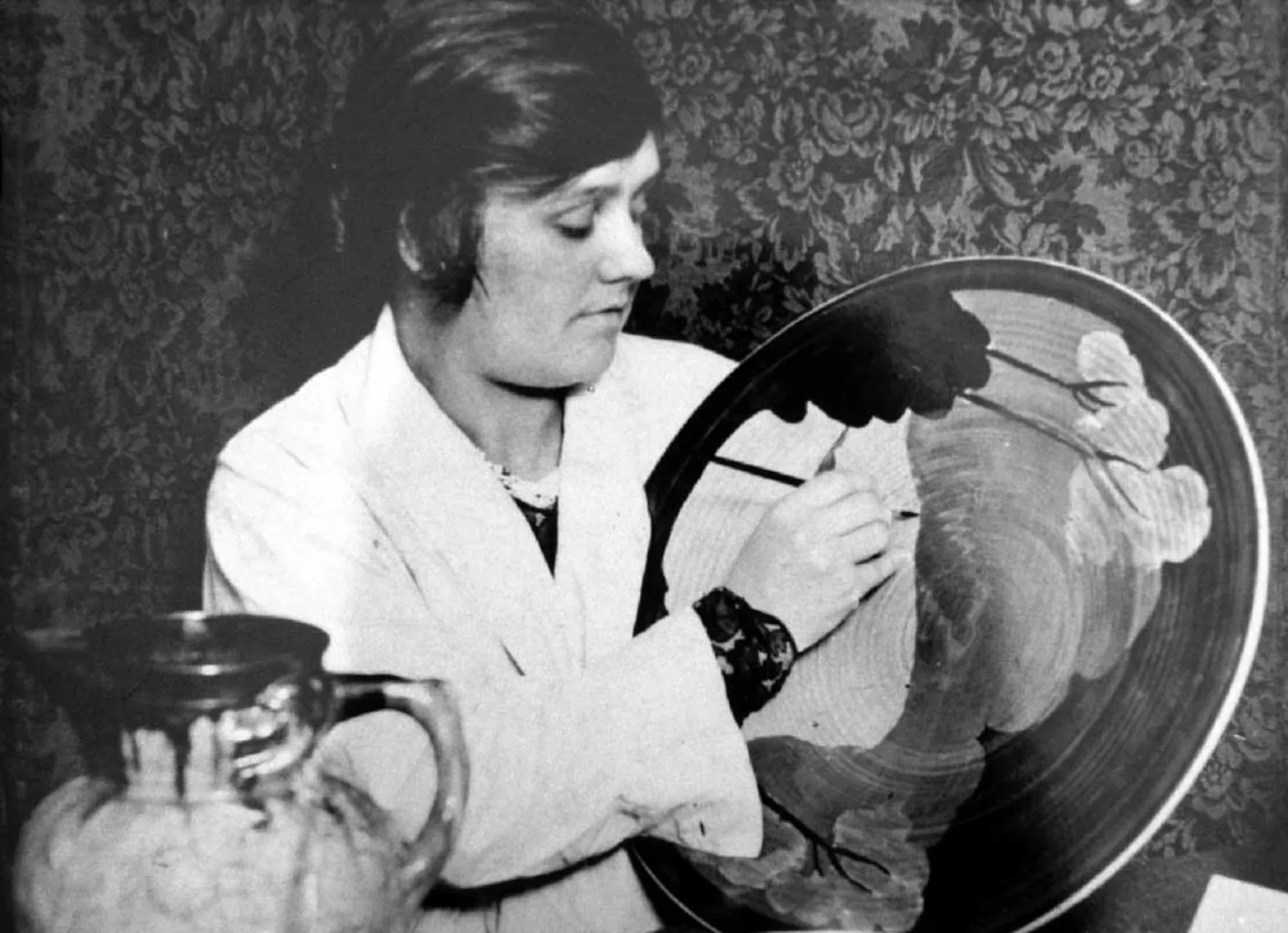
Rise to Art Director
Clarice Cliff's ascent to the position of Art Director at Wilkinson's in 1931 was not just a personal triumph but a groundbreaking moment for women in the pottery industry, historically dominated by male executives. Her appointment was a testament to her visionary approach and relentless drive to innovate, which had already made her a prominent figure in the field. This role enabled her to have a profound influence on the factory's output, guiding it through the evolving tastes of the Art Deco period.
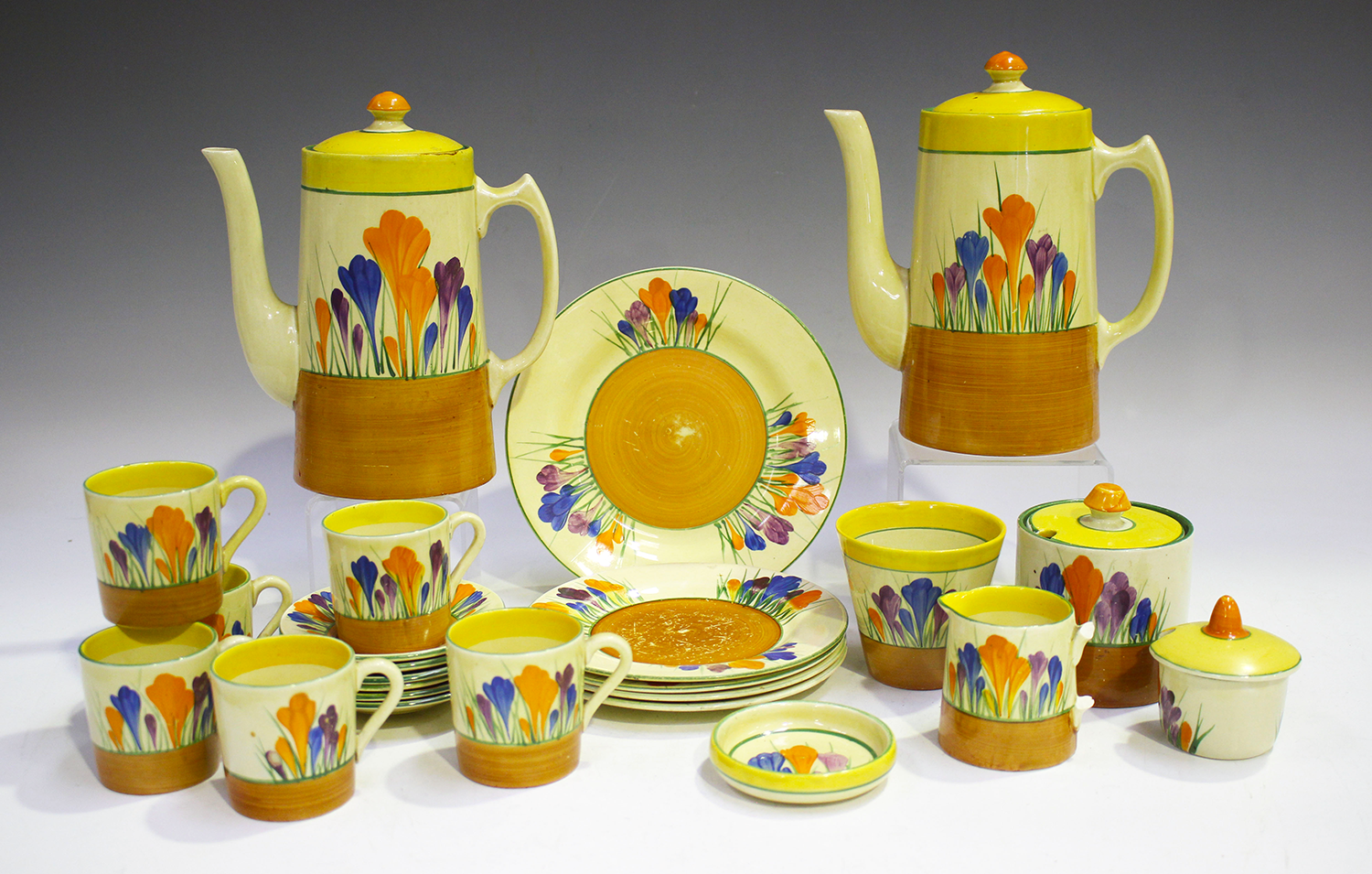
In her capacity as Art Director, Cliff had the freedom to shape the aesthetic and functional directions of the pottery's products. Her leadership coincided with the height of the Art Deco movement, known for its sleek lines, geometric shapes, and a clear departure from more ornamental Victorian styles. Under her guidance, Wilkinson's products began to reflect the modernist spirit of the time, incorporating bold new designs that were both contemporary and commercially viable.
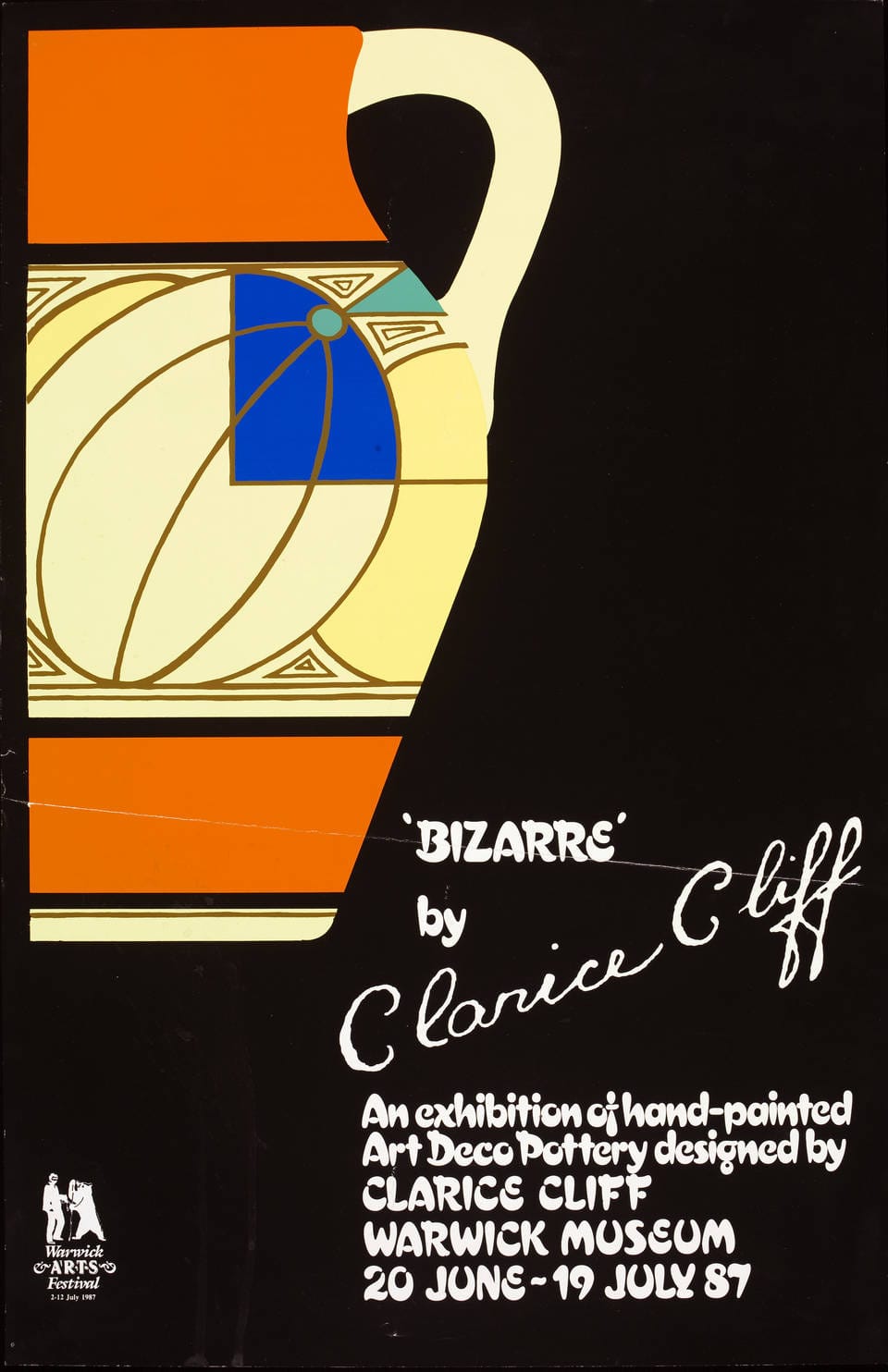
Cliff's work during this period helped solidify her legacy as a pivotal figure in industrial design. She was not merely managing designs but was actively involved in the artistic process, ensuring that her creative vision was executed precisely. This hands-on approach ensured that her influence was deeply embedded in every piece produced under her direction, from conceptualization to the final product.
Her role as Art Director also positioned Cliff uniquely as a role model and a trailblazer for other women in the industry, proving that female artists could command top creative roles and lead businesses to success. Her career thus reflects a significant stride forward not only in the arts but also in the broader movement towards gender equality in professional spaces.

The Blue Plaque in Shelton
The blue plaque dedicated to Clarice Cliff in Shelton was unveiled in April 2024, recognizing her as a pottery designer and factory art director. Situated at 20 Snow Hill, the flat where she lived at the height of her success, the plaque serves as a lasting tribute to her creativity and her influence on the aesthetic of everyday objects.

The Colour Room: A Cinematic Tribute to Clarice Cliff
In 2021, the biopic The Colour Room was released, shining a cinematic spotlight on Clarice Cliff's extraordinary life and career. The film features Phoebe Dynevor, known for her role in Bridgerton, portraying Clarice Cliff, and Matthew Goode, from A Discovery Of Witches, playing her mentor and later husband, Colley Shorter. This biographical drama explores Cliff's rise from a factory worker in the industrial Midlands to becoming a revolutionary figure in the pottery industry. Through this portrayal, audiences gain insight into her challenges and triumphs in breaking gender barriers and innovating ceramic art during the Art Deco period. The film not only highlights her professional journey but also delves into the personal dynamics with Shorter, adding depth to the story of this influential designer.
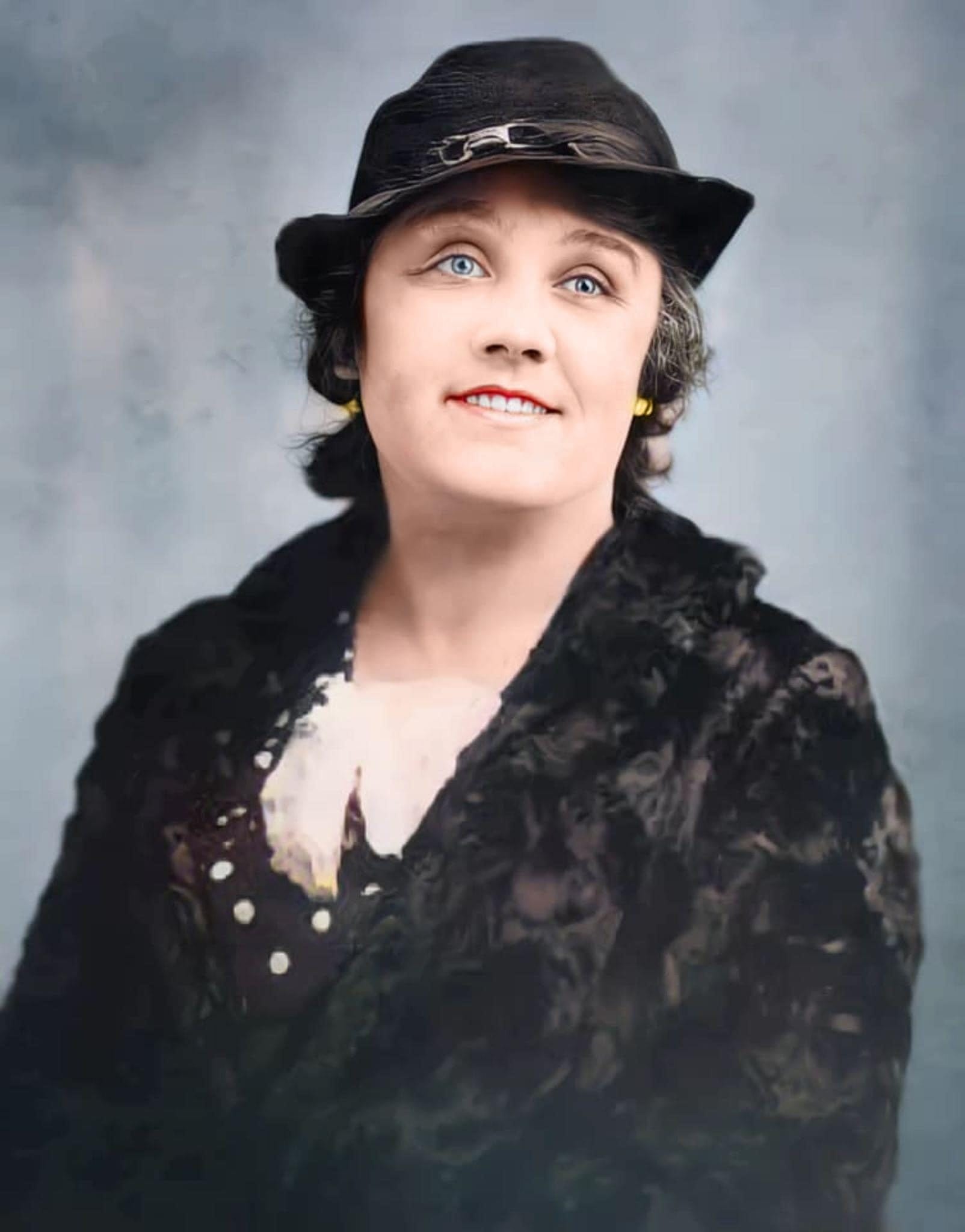
Clarice Cliff's Enduring Legacy
Today, Clarice Cliff is regarded as one of the most influential ceramic artists of the 20th century. She is celebrated for transforming homeware with her vibrant, colourful plates, jugs, teapots, and figures. Her work not only captures the spirit of the Art Deco era but also continues to command the admiration of collectors and art enthusiasts around the world. Her designs are displayed in museums, featured in galleries, and cherished by a dedicated Clarice Cliff Collectors Club.
The recognition of Clarice Cliff with a blue plaque underscores the lasting impact of her work and her remarkable journey from a factory girl to a leader in the world of ceramics. This plaque not only celebrates her achievements but also inspires future generations to appreciate and learn from her innovative spirit and artistic legacy.

Check out my on-line shop for my local photography and art
Check out my recommended reading list
